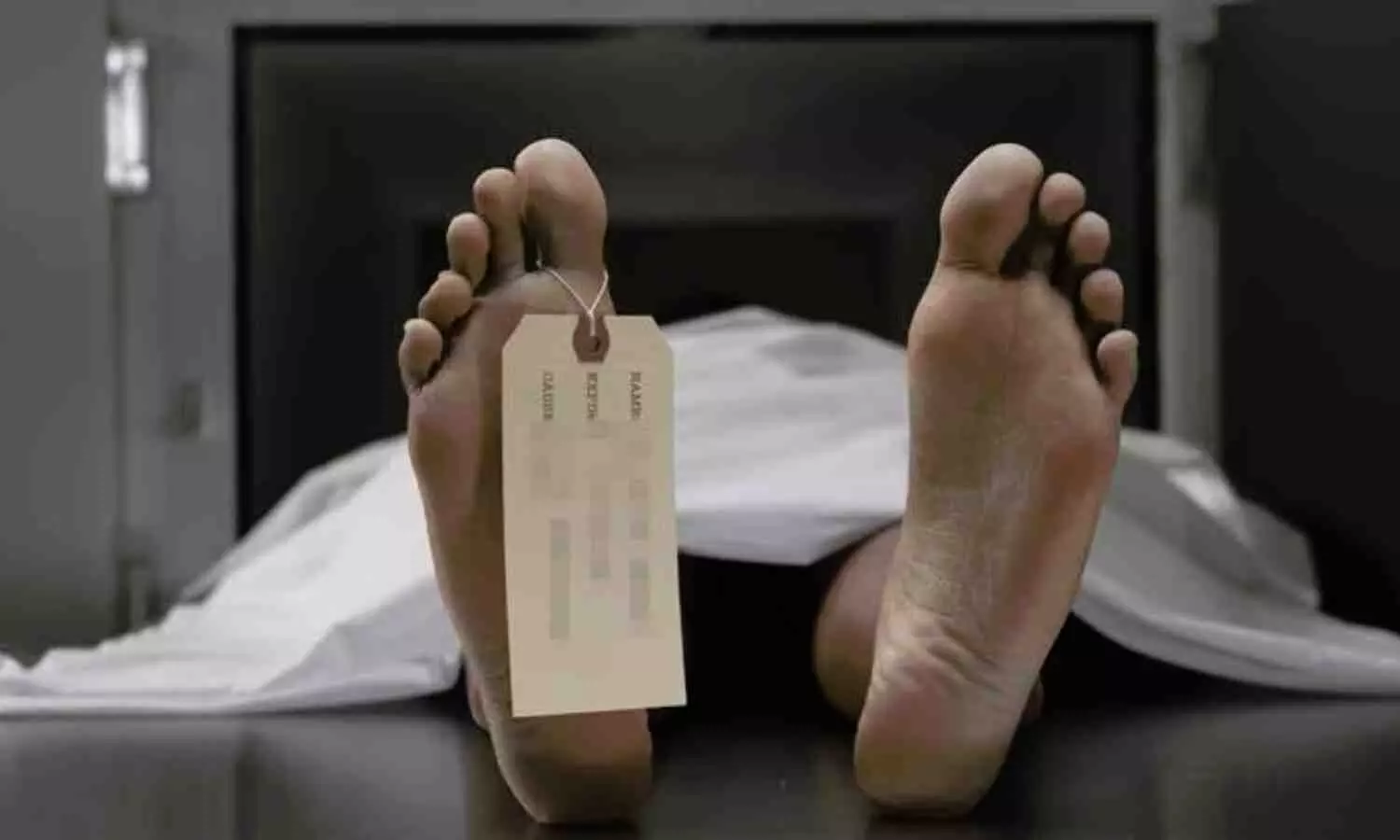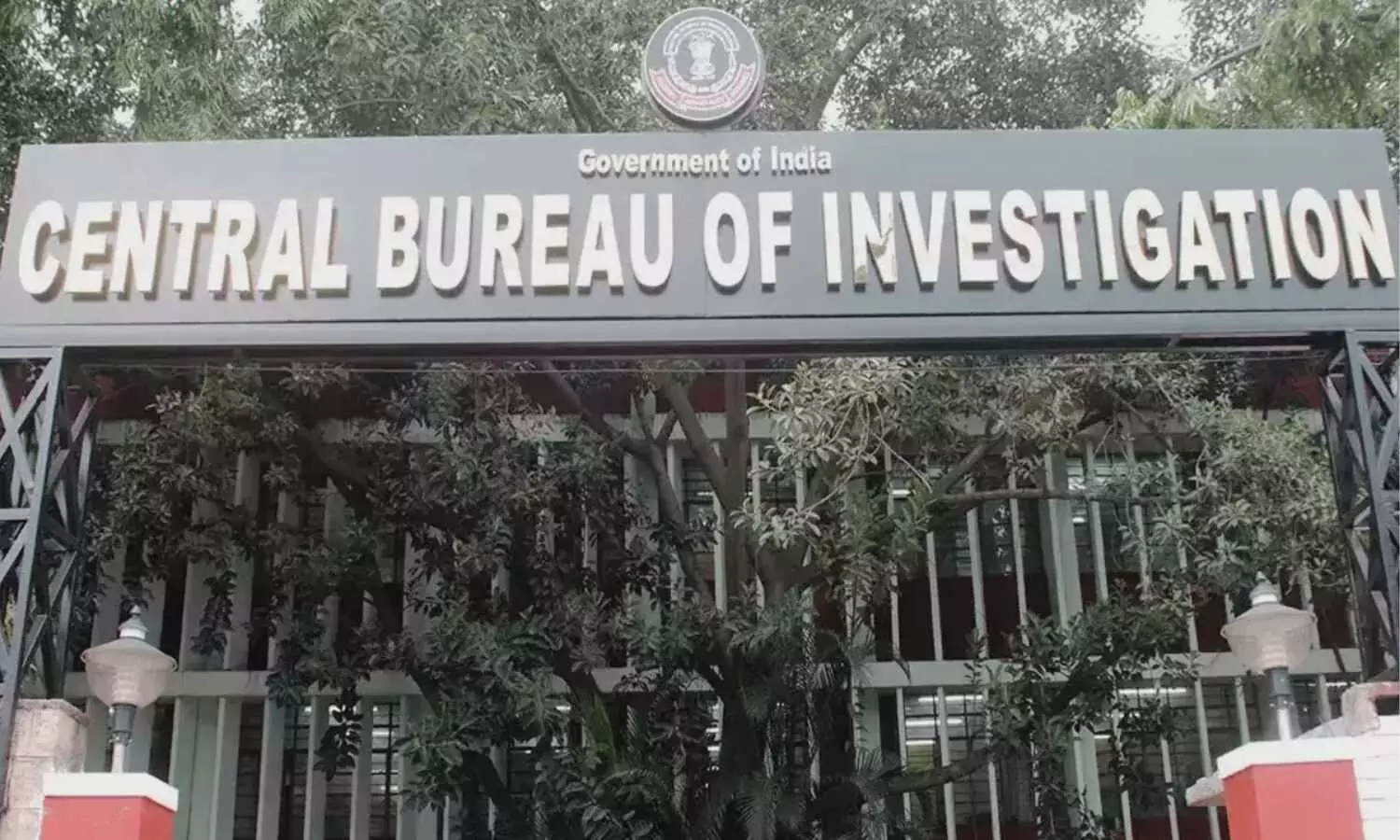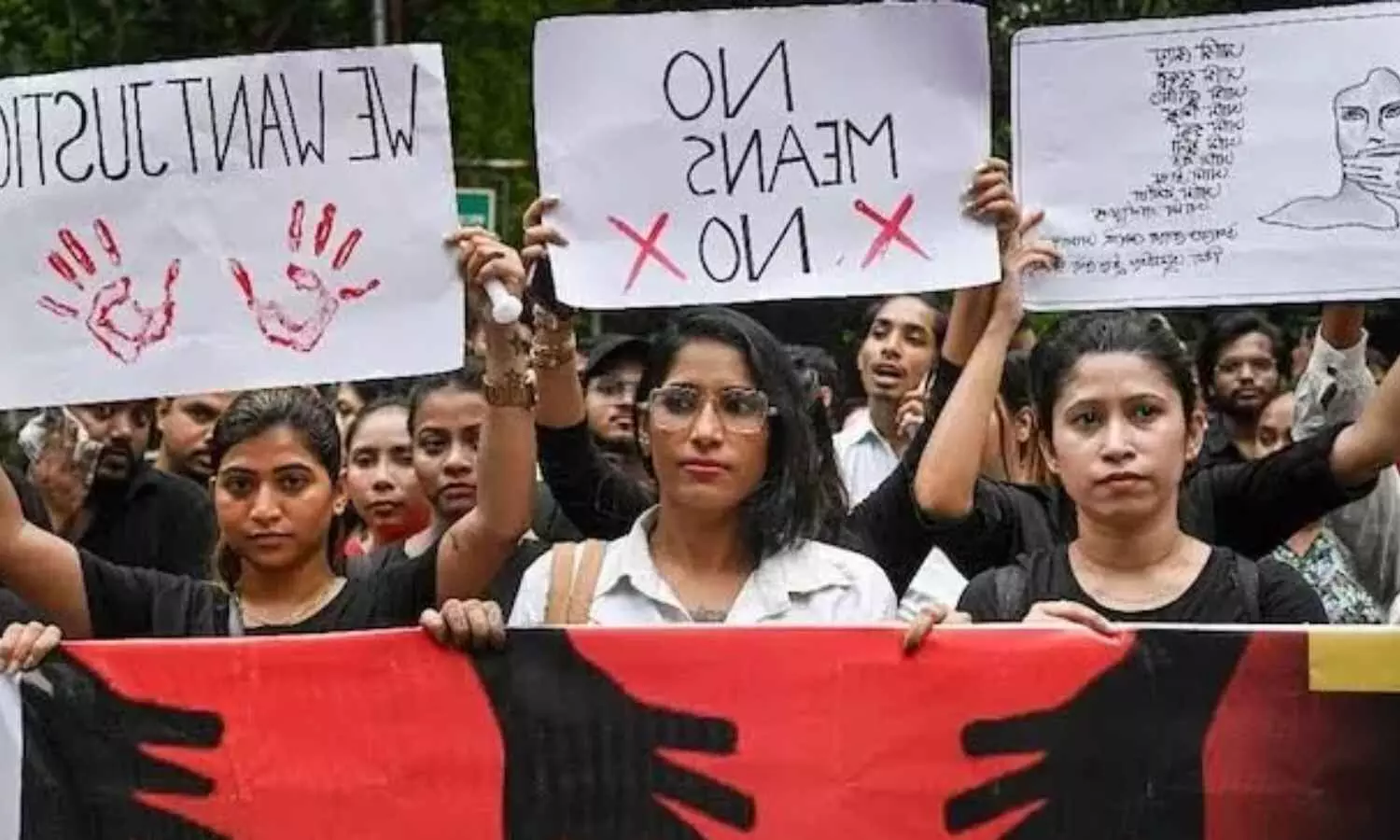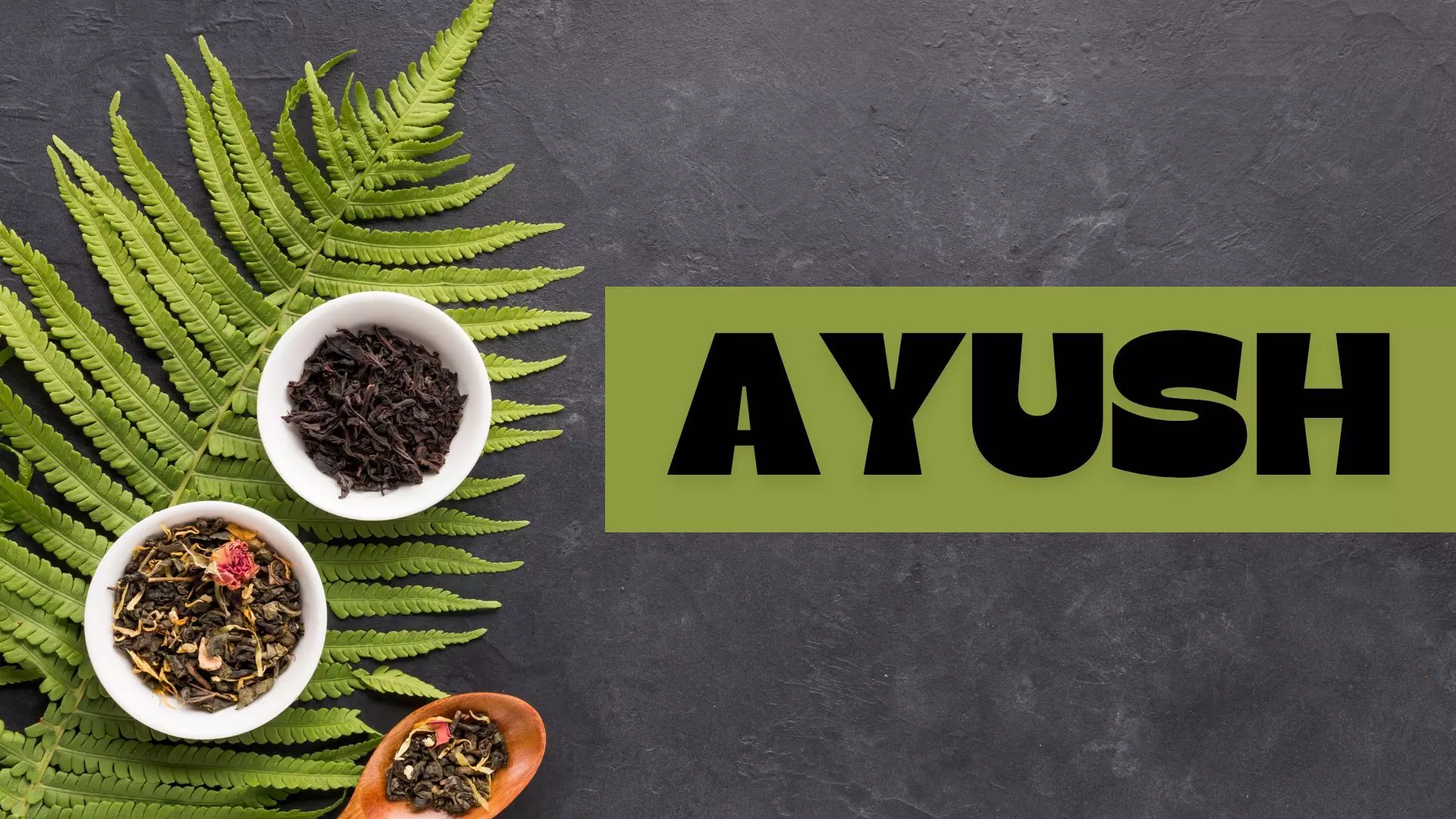Medical Bulletin 19/ October/ 2024

Here are the top medical news for the day:
Powered by WPeMatico

Here are the top medical news for the day:
Powered by WPeMatico

Dehradun: In a tragic incident, a final-year medical student of Haldwani Medical College succumbed to a heart attack on Thursday while undergoing treatment for viral hepatitis at Synergy Hospital in Dehradun
The deceased student, a resident of Premnagar, Dehradun, had fallen ill while attending his college’s annual festival, which started on September 28 in Haldwani. The student was suffering from high fever following which he received treatment at Sushila Tiwari Hospital.
Observing that his condition did not improve, his friends advised him to return to Dehradun for further medical care. Following this, he came back home on October 1 and was in regular contact with his friends. He informed his friends about joining the college soon after recovering. However, his health deteriorated suddenly, and he was admitted to the ICU at Synergy Hospital.
Also read- Srinagar-based student studying MBBS in Bangladesh dies, 2 others injured in car accident in Kashmir
Speaking on the incident, Synergy Hospital manager Kamal Garg told Live Hindustan that the student had viral hepatitis and was admitted to the ICU. He died of a heart attack during treatment.
His untimely death has shocked his friends and devastated his family. His friends told the daily, “He used to help the juniors and used to complete all the tasks given by the seniors on time.”
Medical Dialogues had earlier reported about an accidental case where two female MBBS students of Eluru Asram Medical College were found dead and another student was missing after they were swept away while taking a bath in the Jalatharanagini waterfall near the Maredumilli agency area in Alluri Sitarama Raju district.
According to the police, five medical students were swept away initially around 4 pm on Sunday at Jalatharangini waterfalls in Maredumilli, out of whom two were rescued immediately by the police and forest officials who were admitted to a local hospital, but three others could not be rescued.
Also read- Medical Students swept away in Jalatarangani Waterfalls, 2 drown to death, 1 missing
Powered by WPeMatico

Kolkata: Six additional doctors from the state-run RG Kar Medical College and Hospital in Kolkata are now under investigation by the Central Bureau of Investigation (CBI) in connection with alleged multi-crore financial irregularities at the facility.
According to an IANS report, sources aware of the development said that these six doctors who have come under the scanner of the central agency are in addition to the former and controversial principal of R. G. Kar Sandip Ghosh and his confidant house staff attached to the same hospital Ashish Pandey, who had already been arrested by the CBI officials in the financial irregularities case and are already in judicial custody in this connection.
Sources said that the CBI officials are also considering intimating the West Bengal government about their findings against these six doctors so that the state government can remove them from their respective chairs for a fair investigation.
Also Read:Financial Irregularities at RG Kar Hospital: CBI identifies 3 Business Entities in FIR
Earlier, the CBI interrogated some of these six doctors as suspects.
The sources added that the investigating officials have also secured some crucial documents that point towards the involvement of these six doctors in the financial irregularities case.
The main charges in the financial irregularities case include manipulation in the tendering process at the hospital to award contracts to ineligible contractors against hefty commissions, illegally getting the infrastructure-related jobs of the hospital done by private outsourced agencies bypassing the state public works department, smuggling bio-medical wastes and selling of organs of unidentified bodies coming to the hospital morgue in an open market, news agency IANS reported.
Sandip Ghosh is being probed by CBI both in the financial irregularities case as well as the ghastly rape and murder of a junior doctor of R. G. Kar in August.
Besides the CBI, the Enforcement Directorate (ED) is also conducting a parallel probe into the financial irregularities case. While the CBI probe in the matter is court-directed and court-monitored, the ED has made suo motu entry into the matter after filing an enforcement case information report (ECIR).
Also Read:RG Kar Medico Death Case: CBI questions close aide of Ex-principal Sandip Ghosh
Powered by WPeMatico
Powered by WPeMatico
Powered by WPeMatico
Powered by WPeMatico
Powered by WPeMatico
Powered by WPeMatico

Kolkata: Junior doctors in West Bengal, currently on an indefinite hunger strike since October 5 to seek justice for the rape and murder of a PG trainee doctor at RG Kar Medical College Hospital, have threatened to initiate a statewide strike on October 22 if their demands are not met.
Stating that they are in talks with their colleagues in other states, the medics said there may also be a country-wide strike by doctors on Tuesday over the issue.
The junior medics said that they, along with senior doctors, were giving a deadline to the state government till October 21 to fulfil their demands.
Also Read:SMS Medical College Resident Doctors threaten to boycott duty over pending demands
“We want the chief minister (Mamata Banerjee) to sit for a discussion and implement all our demands,” Debasish Halder, one of the agitating junior doctors, told reporters.
According to the PTI report, “Unless this is done, all the junior and senior doctors of both government and private healthcare facilities will be forced to go on strike on Tuesday,” he said after a meeting between the junior doctors and their seniors here.
Claiming that the doctors were not against the interest of the people, he said they had withdrawn their earlier cease work for the same.
“Our colleagues are holding a fast-unto-death. If the chief minister does not act by Monday, we will be forced to go on a strike on Tuesday,” he said.
Halder said that their colleagues are continuing their indefinite fast to press for their demands.
The fast-unto-death by the agitating medics in West Bengal entered the 14th day on Friday over demands for justice for the deceased woman doctor of R G Kar Medical College and Hospital and workplace security.
The woman postgraduate trainee of the state-run hospital was allegedly raped and murdered in August.
So far, six fasting junior doctors have been hospitalised after the deterioration of their health condition, a protesting medic said, adding that eight doctors are currently on indefinite fast at the agitation site.
“If any patient’s health suffers owing to a strike on Tuesday, the state government will have to take responsibility for that,” he said, news agency PTI reported.
Halder said that the junior doctors will also hold demonstrations at various hospitals on Monday.
“We are also in talks with our colleagues in other states and there may be a country-wide strike on Tuesday over the issue,” he said.
The protesting doctors are demanding justice for the deceased woman medic and immediate removal of state Health Secretary N S Nigam.
Their other demands include the establishment of a centralised referral system for all hospitals and medical colleges in the state, the implementation of a bed vacancy monitoring system, and the formation of task forces to ensure essential provisions such as CCTV, on-call rooms, and washrooms at their workplaces.
The junior doctors went on a cease work following the rape-murder of their fellow medic at R G Kar hospital on August 9.
They ended their stir after 42 days on September 21, following assurances from the state government to look into their demands.
Also Read:PGI resident doctors hold 12-hour hunger strike in support of West Bengal doctors
Powered by WPeMatico

Andhra Pradesh- Dr NTR University of Health Sciences (Dr NTRUHS) is inviting online application forms from eligible candidates for admission into MD (Homoeo) courses under Competent Authority Quota seats for the academic year 2024-25 in the colleges affiliated with the university. On this, Dr NTRUHS has released a notification detailing the eligibility, registration and tuition fee, documents, and other details
As per the notification, the online application forms are available on the official website of Dr NTRUHS up to 6.00 P.M on 22 October 2024.
BAMS Completed Within AP
|
S.NO |
CATEGORY |
REGISTRATION FEE INCLUDING 18% GST |
TOTAL AMOUNT |
|
1 |
OC/BC |
Rs.5,900/- (5,000/- + 900/- GST 18%) |
Rs.5,900/- |
|
2 |
SC/ST |
Rs.4, 956/- (4,200/- + 756/- GST 18%) |
Rs.4,956/- |
BAMS Completed Outside AP
|
S.NO |
CATEGORY |
REGISTRATION FEE INCLUDING 18% GST |
IN ADDITION TO THE REGISTRATION & VERIFICATION FEE INCLUDING 18% GST |
TOTAL AMOUNT |
|
1 |
OC/BC |
Rs.5,900/- (5,000/- + 900/- GST 18%) |
Rs.3,540/- (3,000/- + 540/- GST 18%) |
Rs.9,440/- |
|
2 |
SC/ST |
Rs.4, 956/- (4,200/- + 756/- GST 18%) |
Rs.3,540/- (3,000/- + 540/- GST 18%) |
Rs.8,496/- |
PROCEDURE OF FILLING ONLINE APPLICATION FORM
1 The Registration number which will be sent to the registered mobile after entering the basic details, should be noted for further use. The Registration number should be kept confidential and should not be disclosed to others.
2 The candidates should fill – in all the correct details in the online application form and should upload all the requisite documents.
ELIGIBILITY CRITERIA
1 The eligibility for admission to M.D. (Homoeopathy) course shall be the following, namely-
i Bachelor of Homoeopathic Medicine and Surgery or equivalent qualification in Homoeopathy included in the Schedule or medical qualification recognition list under the provisions of the Act, after undergoing a course of study of not less than five years and six months duration including one-year compulsory rotatory internship
OR
ii Bachelor of Homoeopathic Medicine and Surgery (Graded Degree) or equivalent qualification in Homoeopathy included in the Second Schedule of The Homoeopathy Central Council Act, 1973 (59 of 1973), after undergoing a course of study of not less than two years duration.
2 The candidate has registered himself with the State Board or Council.
3 Along with this, as per the guidelines issued by the Ministry of AYUSH, Govt. of India, the candidates who secured the below-noted minimum marks or above in AIAPGET-2024-25 are only eligible for admission into MD (Homoeo) courses-
|
S.NO |
NAME OF CATEGORY |
QUALIFYING PERCENTILE |
MARKS |
|
1 |
General category (UR/EWS). |
50th |
110 |
|
2 |
OBC/SC/ST. |
40th |
96 |
|
3 |
General (UR) Category (EWS/PwBD) Persons with Benchmark Disability. |
45th |
96 |
|
4 |
OBC (PwBD) Persons with Benchmark Disability. |
40th |
102 |
4 The candidate should have completed training as an internee/House Officer on or before 31.07.2024.
5 For in-service candidates, extra weightage of marks on length and type of service will be awarded as on 30.09.2024.
i Rural service – 8% per each year upto a maximum of 3 years.
ii Tribal service – 10% per each year upto a maximum of 3 years.
iii No upper age limit is specified for admission to MD Homoeopathy Courses.
6 Candidates who were already admitted and studying MD (Homoeo) Courses shall not be permitted for admission into MD (Homoeo) Courses unless they discontinue the course by remitting the bond amount and the stipend taken up to that date before submitting the application form and such candidates should submit the discontinuance certificate issued by the Head of the Institution along with the application
7 Candidates who already hold a Post Graduate Degree in Homoeo in a subject should not be eligible for admission into MD (Homoeo) Courses.
MERIT LIST
1 The merit position of the candidates applied shall be determined based on AIAPGET-2024-25 Ranks and as per their eligibility.
2 There should be a committee appointed by Dr NTR UHS for the selection of candidates against Competent Authority seats as per the merit list.
TUITION FEE
The selected candidates have to pay tuition fees and other constituent fees, special fees and caution money deposits at the rates laid down for the purpose from time to time subject to the conditions laid therein at the time of admission. The regulations governing the same will be informed. However, the fee can be paid through a Debit card / Credit card or Net Banking.
CERTIFICATES REQUIRED BEFORE FILLING THE APPLICATION FORM ONLINE
The following Certificates are required to complete the application process. The certificates are to be scanned and kept ready to upload. The application fee has to be paid online-
1 AIAPGET – 2024 Rank Card. (
2 Birth Certificate (SSC Marks Memo).
3 Provisional or Original BHMS Degree Certificate.
4 BHMS study certificates.
5 Compulsory Rotatory Internship certificate.
6 Permanent (or) Provisional Council Registration Certificate.
7 Transfer Certificate.
8 Caste Certificate, if applicable.
9 Minority Certificate, if applicable.
10 Income and Asset certificates for Economically Weaker Sections (EWS) valid for the year 2024-25 (Financial year 2023-24) issued by the Tahsildars on or after 01-04-2024 pertaining to AP-Non Statewide Institutions.
11 Aadhar Card.
12 Service certificate, if applicable.
13 Local status Certificates issued by MRO of AP (candidates migrated from Telangana to Andhra Pradesh (If Applicable).
14 Candidate’s Latest passport-size Photo.
15 Specimen Signature of the Candidate
16 For Non-Local Candidates-
i Minimum 10 years Study Certificates of Student / either of parents of Andhra Pradesh State, if BAMS is from outside Andhra Pradesh State.
(OR)
ii Minimum 10 years Residence Certificate of Andhra Pradesh State of either of parents.
(OR)
iii Current employment Certificate of either of parents, if working in Andhra Pradesh only.
To view the notification, click the link below
Powered by WPeMatico
